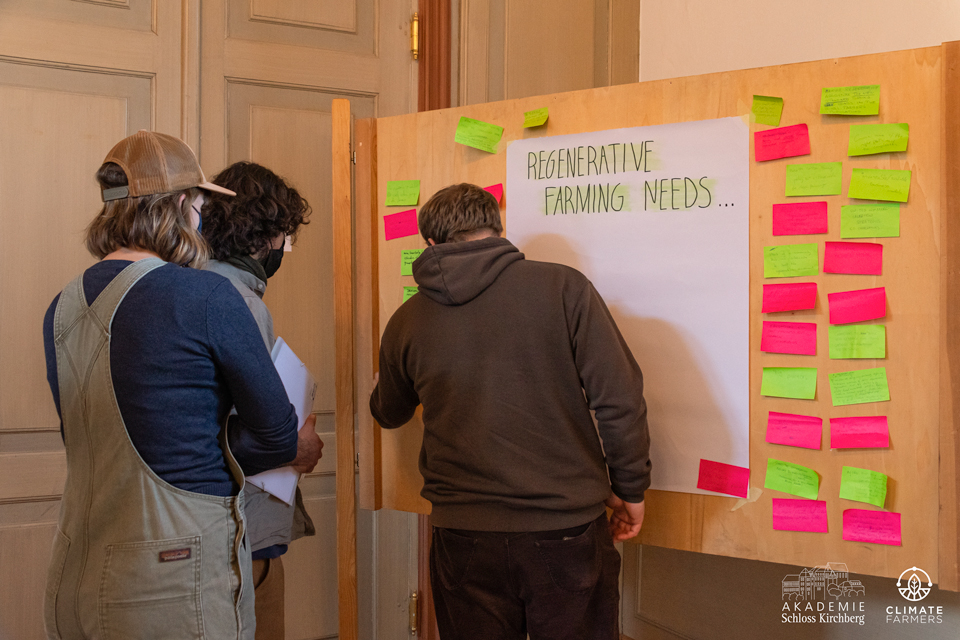
A Manifesto for Regenerative Agriculture was signed by participants of the first Climate Farming Congress which took place in Germany this month. Experts and practitioners came together with the objective of unifying the voice of regenerative agriculture in Europe. In this event report, Ivo Degn, co-founder of Climate Farmers – one of the groups behind the Climate Farming Congress – shares his take on the process.
By Ivo Degn
A common understanding of regenerative agriculture is needed
Industry experts, researchers and policy-makers have repeatedly called for a clear definition of regenerative agriculture.
In the last week, the community of regenerative agriculture practitioners gathered at the 1st European Climate Farming Congress and formulated their understanding of the concept in a clear and concise manifesto.
The Manifesto of the 1st Climate Farming Congress
Over 70 individuals from over 16 European countries followed the call of the 1st European Climate Farming Congress at Castle Kirchberg in the picturesque village of Kirchberg/Jagst in Germany. The Climate Farming Congress was held by Climate Farmers and Akademie Schloss Kirchberg, two non-profit organisations.
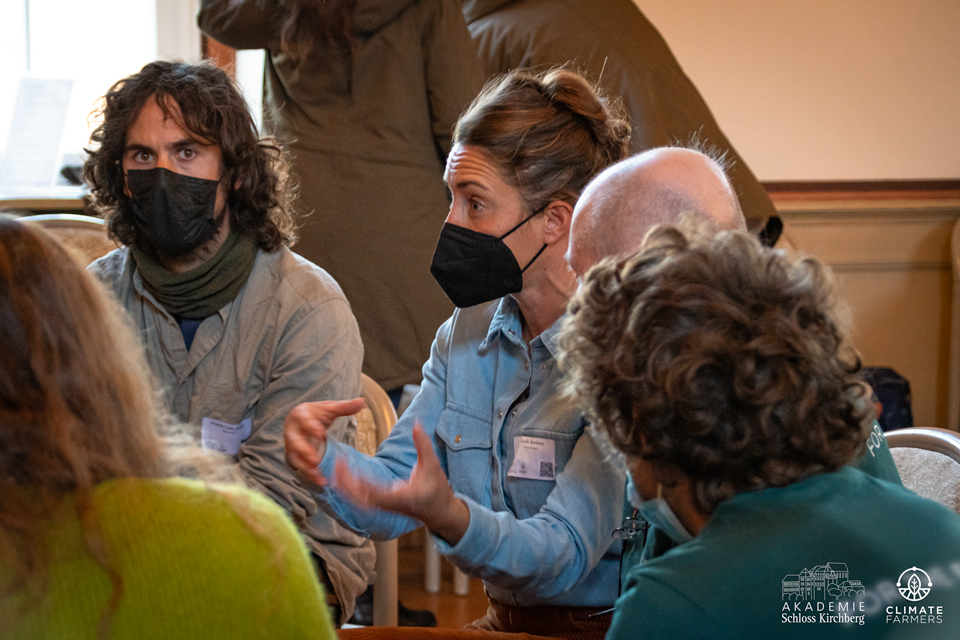
The organisers share an appreciation of the need for a regenerative food system which reduces greenhouse gas emissions and builds soil carbon. In light of a massive surge of interest in regenerative agriculture from the public and the private sector, including commitments for regenerative sourcing from the top 10 global agri-food corporations, it became evident that clarity is needed.
Participation
The Climate Farming Congress brought together cattle farmers from Hungary, Finland and Spain, traditional montado farmers from Portugal, small-scale highly-diverse farmers from the Netherlands and Greece, as well as large-scale arable and agroforestry farmers from Germany.
Regenerative agriculture activists and entrepreneurs from Italy, Germany, the USA, as well as world-renowned researchers on regenerative agriculture and a number of leading food industry representatives joined the conversation too.
The objective: To unify the voice of regenerative agriculture in Europe in a common Manifesto from the practitioners.
The agenda: Not a single keynote speech.
The Climate Farming Congress was, from the beginning, marked by a powerful feeling of community even though most participants had not met previously. Through the unconventional participative format, all voices were heard in deep discussions throughout the three days. These deep discussions culminated in a signed Manifesto for Regenerative Agriculture, which all 70 participants actively co-created.
Louis De Jaeger, a landscape and food forest consultant and farmer from Belgium who participated in the Congress said of the event:
We arrived at a magic castle in Germany, not just a castle, but one that symbolises the power of the farmer, and that’s what we all felt … It is not an easy task to agree on a manifest on the future of regenerative farming in a couple of days, but because we as a group saw that it is absolutely urgent, we were able to do the impossible. You might say that this manifest is our biggest achievement. But the biggest achievement in my point of view is that 70 strangers met for the first time and that this few days was enough to create lasting friendships and a network of professionals, one hundred percent ready to save the world
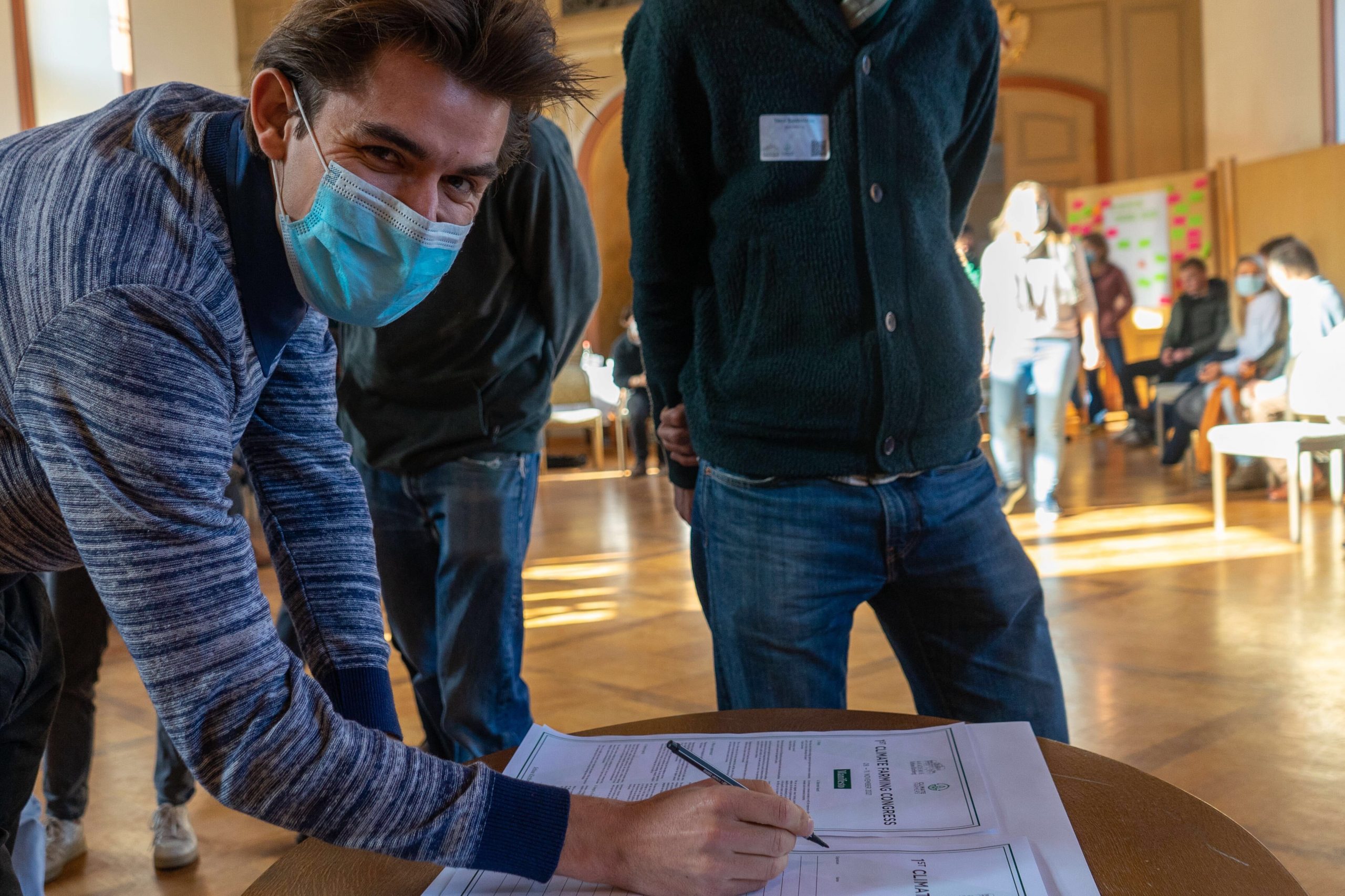
The Manifesto’s central points
The Community has made a number of central points in the Manifesto very clear:
- Regenerative Agriculture goes beyond “reducing harm” or even “doing good”, which originates from the operator’s perspective of what constitutes “good”, and starts at the object’s (person, organisation, land) potential, and how an intervention might lead to a more full expression of that potential.
- Translated to agriculture, the Manifesto is clear that regeneration is always context-specific. “We are not dogmatic about farming practices and systemic approaches, but rather embrace the diversity of pathways towards regenerating in different contexts. No practice should be seen independently as harmful (or beneficial) for ecosystems, before being assessed in relation to the specific context and the long term regenerative impact.”
- The experts at the Congress were clear that there are no “regenerative practices” per sé, which also means that there can be no prescriptive, practice-based approach to regenerative agriculture.
- The first step in regenerating a landscape must be the deep analysis of the “given ecological, socio-cultural and economic context” which includes “multiple levels, including field level, farm level, landscape level, biomes level and food system level”.
Laying a Foundation
Without a doubt, it must be our greatest ambition for the global top 10 food corporations to integrate regenerative effects into their supply web, for them to go beyond mere reduction of damages. The Congress has built the foundation for a common voice of regenerative agriculture practitioners towards industry.
After the 1st European Climate Farming Congress, the practitioners’ community is stepping into active conversations with decision-makers in industry and policy to ensure that regenerative agriculture has a common understanding across Europe.
Ivo Degn is co-founder of Climate Farmers, an organisation aiming to scale regenerative agriculture in Europe.
More on Regenerative Farming
Regenerative Agriculture part 3 | Working With Nature, Not Suppressing It
Regenerative Agriculture part 2 | A Soils-First Farming & Food Policy
Regenerative Agriculture part 1 | Resources Must Be Replenished
Comparing Organic, Agroecological and Regenerative Farming part 1 – Organic
Comparing Organic, Agroecological and Regenerative Farming part 2 – Agroecology
Comparing Organic, Agroecological and Regenerative Farming part 3 – Regenerative


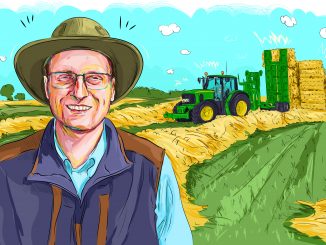

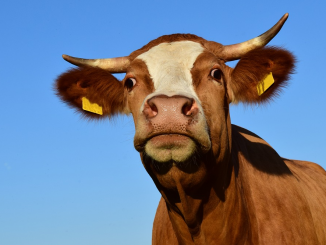
1 Trackback / Pingback
Comments are closed.